Mazar-i-Sharif will probably be familiar to those who are old enough to remember the US invasion of Afghanistan in 2001. It was the first Taliban city to fall to the US army, and subsequently became famous for a prison uprising in which a CIA officer was killed and an American named John Walker Lindh was found fighting with the Taliban.
While many know about this recent history of the place and have heard it mentioned in the news, probably few will know about its ancient history and its somewhat indirect connection to the Bhagavad Gita, which is what I would like to discuss here.
Mazar-i-Sharif is the capital of the Balkh province in Afghanistan. It is located at the extreme north of Afghanistan, on the border with Tajikistan, Turkmenistan and Uzbekistan. This location will be important because it will show how vast the ancient Hindu kingdom of Bharata was.
Balkh is the slightly modified Persian version of the Sanskrit word Bahlika, which referred both to a kingdom (a region) as well as the king who founded that kingdom. King Bahlika was the brother of the great Maharaja Shantanu, and is mentioned throughout the Puranas and Mahabharata. He, along with his sons and grandsons, fought on the side of the Kauravas in the Kurukshetra war.
The Bhagavata Purana describes his lineage as follows:
devāpiḥ śāntanus tasya
bāhlīka iti cātmajāḥ
pitṛ-rājyaṁ parityajya
devāpis tu vanaṁ gataḥ
abhavac chāntanū rājā
prāṅ mahābhiṣa-saṁjñitaḥ
yaṁ yaṁ karābhyāṁ spṛśati
jīrṇaṁ yauvanam eti saḥ
“The sons of Pratīpa were Devāpi, Śāntanu and Bāhlīka. Devāpi left the kingdom of his father and went to the forest, and therefore Śāntanu became the king. Śāntanu, who in his previous birth was known as Mahābhiṣa, had the ability to transform anyone from old age to youth simply by touching that person with his hands.” – Bhagavata Purana 9.22.12-13
soma-vaṁśe kalau naṣṭe
kṛtādau sthāpayiṣyati
bāhlīkāt somadatto ’bhūd
bhūrir bhūriśravās tataḥ
śalaś ca śāntanor āsīd
gaṅgāyāṁ bhīṣma ātmavān
sarva-dharma-vidāṁ śreṣṭho
mahā-bhāgavataḥ kaviḥ
“After the dynasty of the moon-god comes to an end in this age of Kali, Devāpi, in the beginning of the next Satya-yuga, will reestablish the Soma dynasty in this world. From Bāhlīka [the brother of Śāntanu] came a son named Somadatta, who had three sons, named Bhūri, Bhūriśravā and Śala. From Śāntanu, through the womb of his wife named Gaṅgā, came Bhīṣma, the exalted, self-realized devotee and learned scholar.” – Bhagavata Purana 9.22.18-19
The first thing to note is that King Bahlika was a Vedic king belonging to the Soma Vamsha (moon dynasty), and was also a descendant of Kuru, just as the Pandavas and Kauravas were. He was the brother of Maharaja Shantanu, who is a central character in the Mahabharata. Bahlika’s son was named Somadatta, and he was also a great king who participated in the battle of Kurukshetra. Somadatta’s son was Bhurishrava, a great warrior general who commanded one akshauhini of soldiers, or around 10% of the Kaurava’s entire army.
The Mahabharata states the following:
tathā bhūriśravāḥ śūraḥ śalyaś ca kurunandana
duryodhanam upāyātāv akṣauhiṇyā pṛthak pṛthak
“And so the valiant Bhurisravas, and Salya, O son of Kuru, came to Duryodhana, with an akshauhini of soldiers each.” – Mahabharata, Udyoga Parva 19.16
An akshauhini is a military unit said to have been comprised of 21,870 chariots, 21,870 elephants, 109,350 infantry and 65,610 cavalry. Thus Bhurishrava’s contribution towards the Kaurava’s army, along with his father’s (Somadatta) and grandfather’s (Bahlika), played a major role in the Kurukshetra war.
In the first canto of the Bhagavata Purana, both Bhurishrava and Bahlika are mentioned as being amongst the great generals who led the Kaurava side in the Kurukshetra war. Arjuna says:
yad-doḥṣu mā praṇihitaṁ guru-bhīṣma-karṇa-
naptṛ-trigarta-śalya-saindhava-bāhlikādyaiḥ
astrāṇy amogha-mahimāni nirūpitāni
nopaspṛśur nṛhari-dāsam ivāsurāṇi
“Great generals like Bhīṣma, Droṇa, Karṇa, Bhūriśravā, Suśarmā, Śalya, Jayadratha and Bāhlika all directed their invincible weapons against me. But by His [Lord Krishna’s] grace they could not even touch a hair on my head. Similarly, Prahlāda Mahārāja, the supreme devotee of Lord Nṛsiṁhadeva, was unaffected by the weapons the demons used against him.” – Bhagavata Purana 1.15.16
Finally, we come to the Bhagavad Gita, where in the first chapter Duryodhana approaches his general Bhishma and says the following:
bhavān bhīṣmaś ca karṇaś ca
kṛpaś ca samitiṁ-jayaḥ
aśvatthāmā vikarṇaś ca
saumadattis tathaiva ca
“There are personalities like you, Bhīṣma, Karṇa, Kṛpa, Aśvatthāmā, Vikarṇa and the son of Somadatta called Bhūriśravā, who are always victorious in battle.”
Here we have Duryodhana specifically pointing out Bhurishrava, the son of Somadatta and grandson of Bahlika, and saying he is samitim-jayah, always victorious in battle.
Thus all three of these great Vedic kings were unconquearable heroes, and all three of them ruled from the kingdom of “Bahlika”, which was centered around the present day district of Balkh in Afghanistan.
There are many archaeological sites in Balkh, as you can see in the following photographs, though due to various wars and conflicts, there is no interest or effort to excavate the historical treasures that lie beneath the soil. We are left with only the fleeting and meaningless news stories of modern times, such as the invasion of Mazar-i-Sharif by the US forces, or the prison revolt in which a CIA officer died, which are nothing but coverings of the true priceless history of this region recorded in the Mahabharata and the Puranas.
If we look at a map we can see how far north this district is located. We must understand that once upon a time this was one of the Kuru kingdoms of Bharata, stretching into modern Turkmenistan, Tajikistan, Uzbekistan and Kazakhstan. This was all Bharata, and all ruled by Kuru kings of the moon dynasty.
One may ask, “What happened to this once great empire, and why don’t we hear more about it?” The Mahabharata tells us the stories of how the three great kings of the empire (Bahlika, Somadatta and Bhurishrava) died in the battle of Kurukshetra, as did most of the great kings of that time. With the loss of their rulers and the onset of the Kali yuga, everything in general decayed and became corrupted. Subsequently the region became subjected to various invasions from other cultures, such as the Greeks, Persians, Turks and Arabs, with each new invasion adding to the cultural dilution.
The Bahlika empire latter came to be known as Balkh, which was again morphed by the Greeks into Baktriani, and today is known as the Bactrian empire. We should remember this was simply the remnants of the Vedic Bahlikas, after thousands of years had passed, after they had been conquered by the Greeks and also after they had their culture diluted. Yet still we find so many archaeological artifacts from the Bactrian empire showing Hindu Gods such as Krishna, Vishnu, Balarama, Shiva, etc. The following photos of Bactrian coins and seals, show clearly the Hindu Gods whom their forefathers worshipped. These items are more than 2,000 years old.
The capital city, Bactra/Balkh, was situated on the ancient “silk road” trade route and was one of the major commerce points linking China, India and the West. When Arab invaders finally conquered the region, they called the capital city of Balkh as “Umm-al-belad” or “the mother of cities”, indicating how large and wealthy the city was.
In 1220 AD Genghis Khan sent 100,000 horsemen to loot and destroy the city of Balkh, killing all residents, and razing all buildings to the ground. Though the people had surrendered without a fight, the entire population was marched away and massacred. Again in the 14th century, Timur looted and killed the remaining population.
The famous explorer, Marco Polo, had visited this city around the end of the 13th century. He wrote the following about this empire:
“Balkh is a great and noble city, though it was much greater in former days. But the Tartars and other nations have greatly ravaged and destroyed it. There were formerly many fine palaces and buildings of marble, and the ruins of them still remain. The people of the city tell that it was here that Alexander the Great took as a wife the daughter of king Darius.”
It should be noted that Alexander the Great had married a Bactrian/Bahlika princess from this region named Roxana, which is the Greek version of the Sanskrit name Rochana, meaning “radiant, charming, and bright”. This Sanskrit name has even entered into the English language as Roxanne, and is still used today.
Marco Polo further wrote:
“When you have left the city of which I have been speaking, you ride some 12 days between north-east and east, without finding any human habitation, for the people have all taken refuge in fastnesses among the mountains, on account of the bandits and armies that harassed them. There is plenty of water on the road, and abundance of game; there are lions too. You can get no provisions on the road, and must carry with you all that you require for these 12 days.”
Ever since, this great region has been ravaged by wars one after another, leaving all of its ancient history hidden under layers of ruins and sediment. In 1998 the Taliban conquered Mazar-i-Sharif, which was then followed by the U.S invasion of Afghanistan, which continues till the present times.
The next time you hear about these places in the news, remember the great kings Bahlika, Somadatta and Bhurishrava, and their central role in the Kurukshetra war, which ultimately brought us the priceless treasure of the Bhagavad Gita.
This is the hidden history which modern academics do not want us to dig deeper into. They do not want the people to know that Bharata, or what we call today as India, extended throughout the world, and was the center of civilization in times that predate known history. The Kuru kings of the moon dynasty ruled vast lands that touched even to the borders of Russia, and for this reason all the world’s cultures have traces of Vedic elements present within them.
Other Articles in this Series:
The Vedic People of Azerbaijan
The Vedic People of Scandinavia
The Vedic People of Lithuania
Ancient Shiva Linga in Ireland
The Samurai: Protectors of the Cow
Sweet Salt – The Story of How India Invented Sugar
India – The Land of Stolen Jewels
Soma – Elixir of the Gods
Manu and the Great Deluge
The Legends of Tulasi In Christianity
The Mysterious Iron Deity made from a Meteor

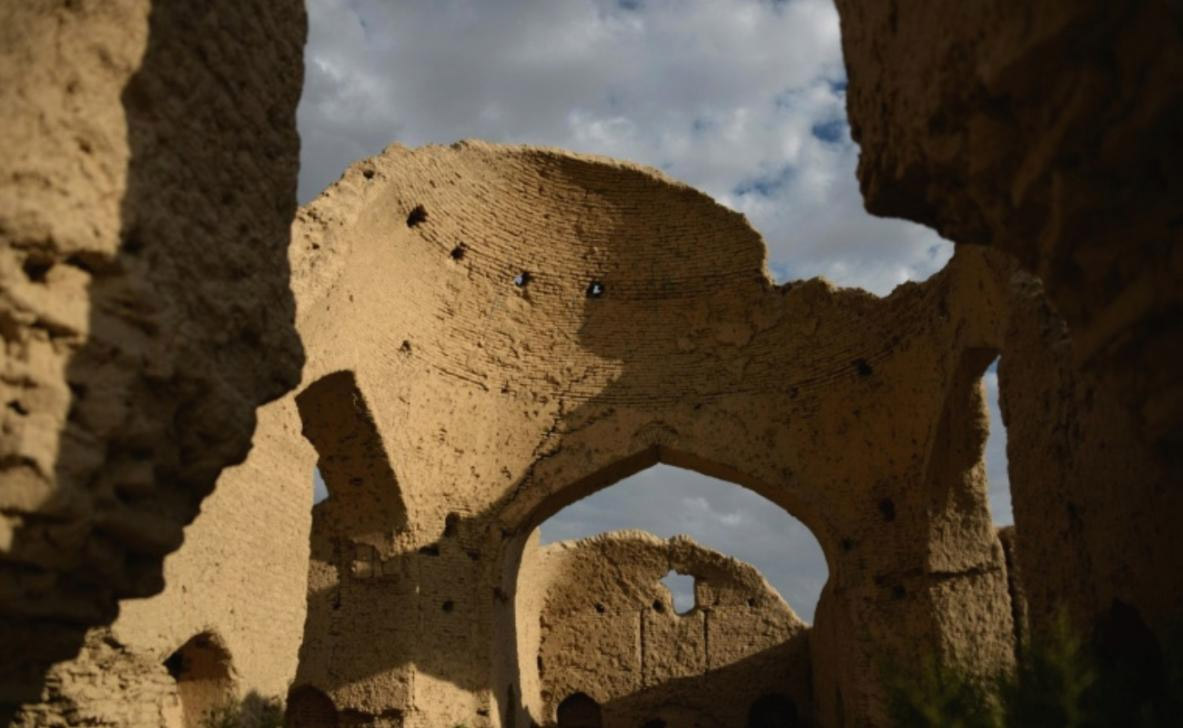
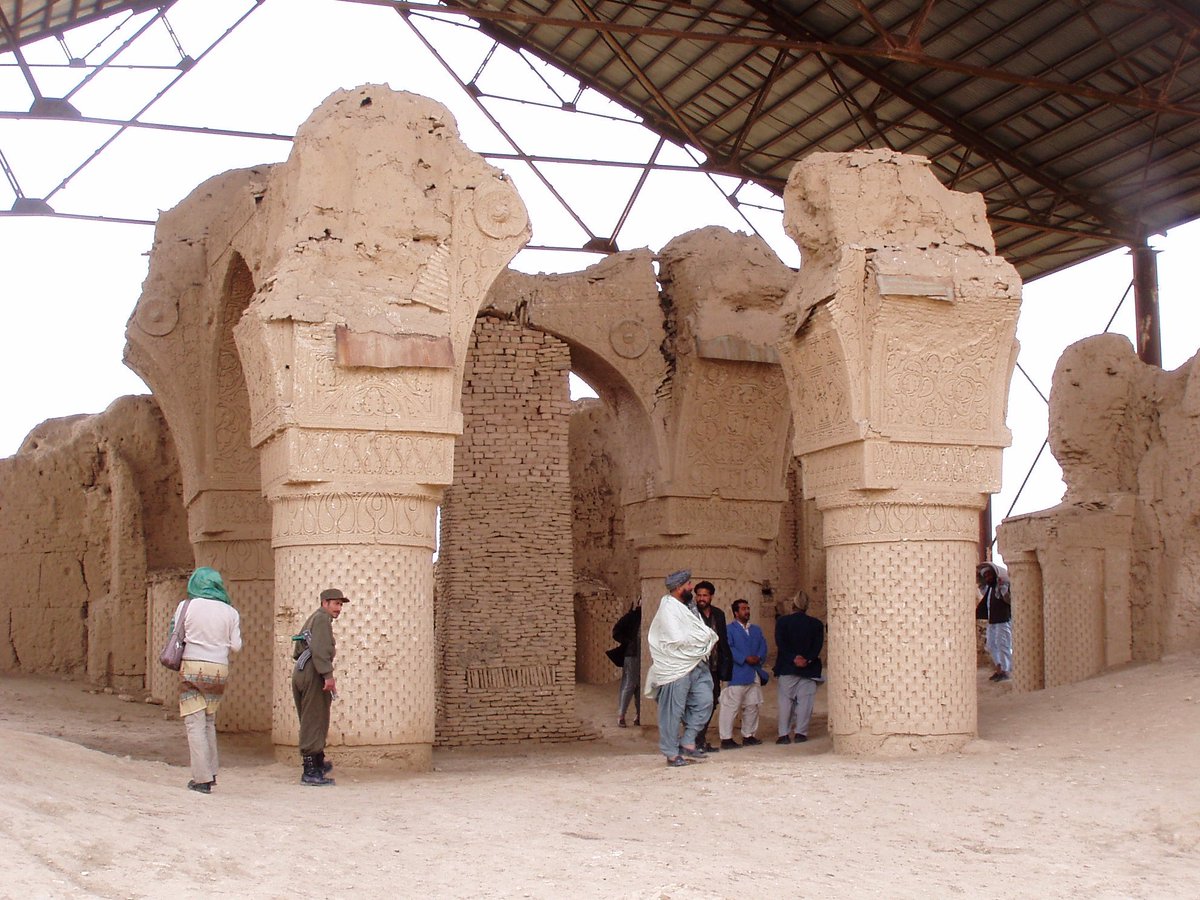
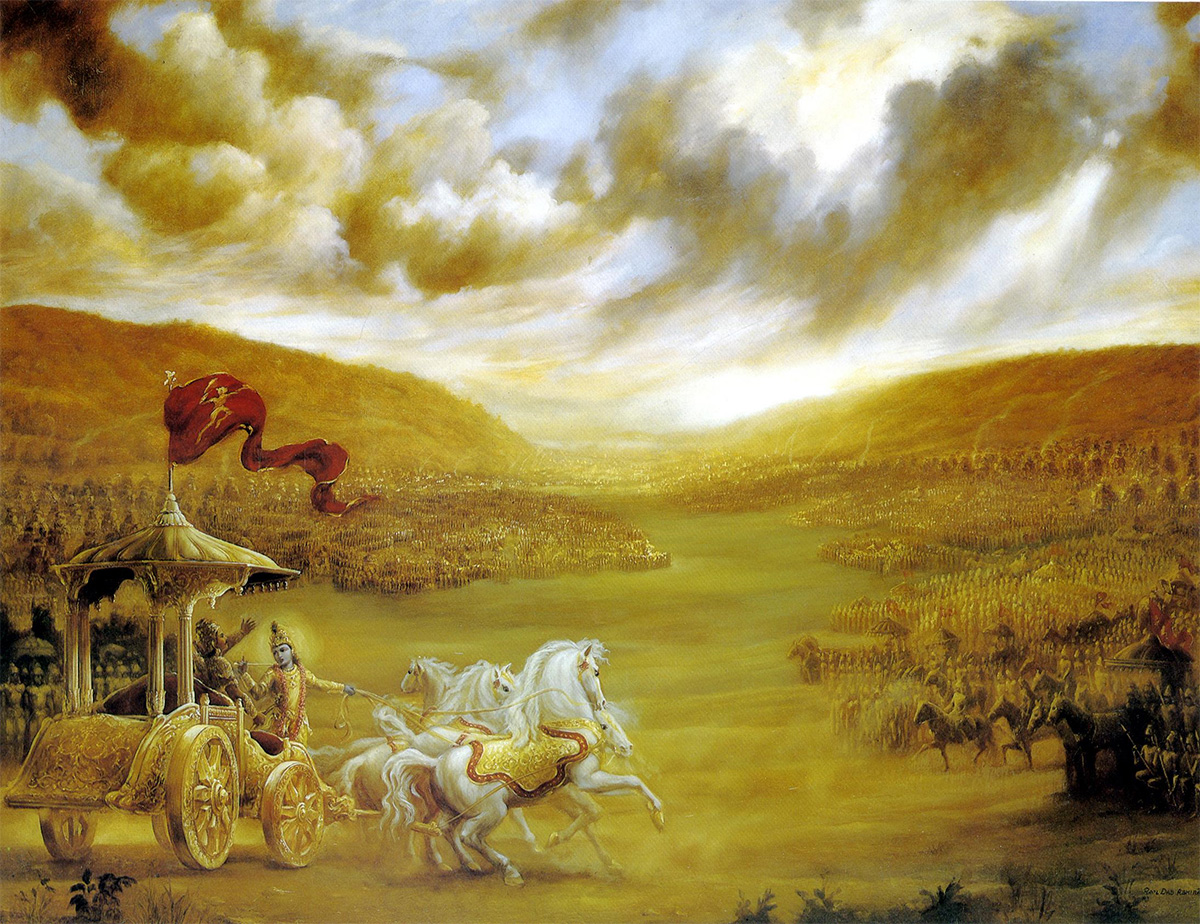
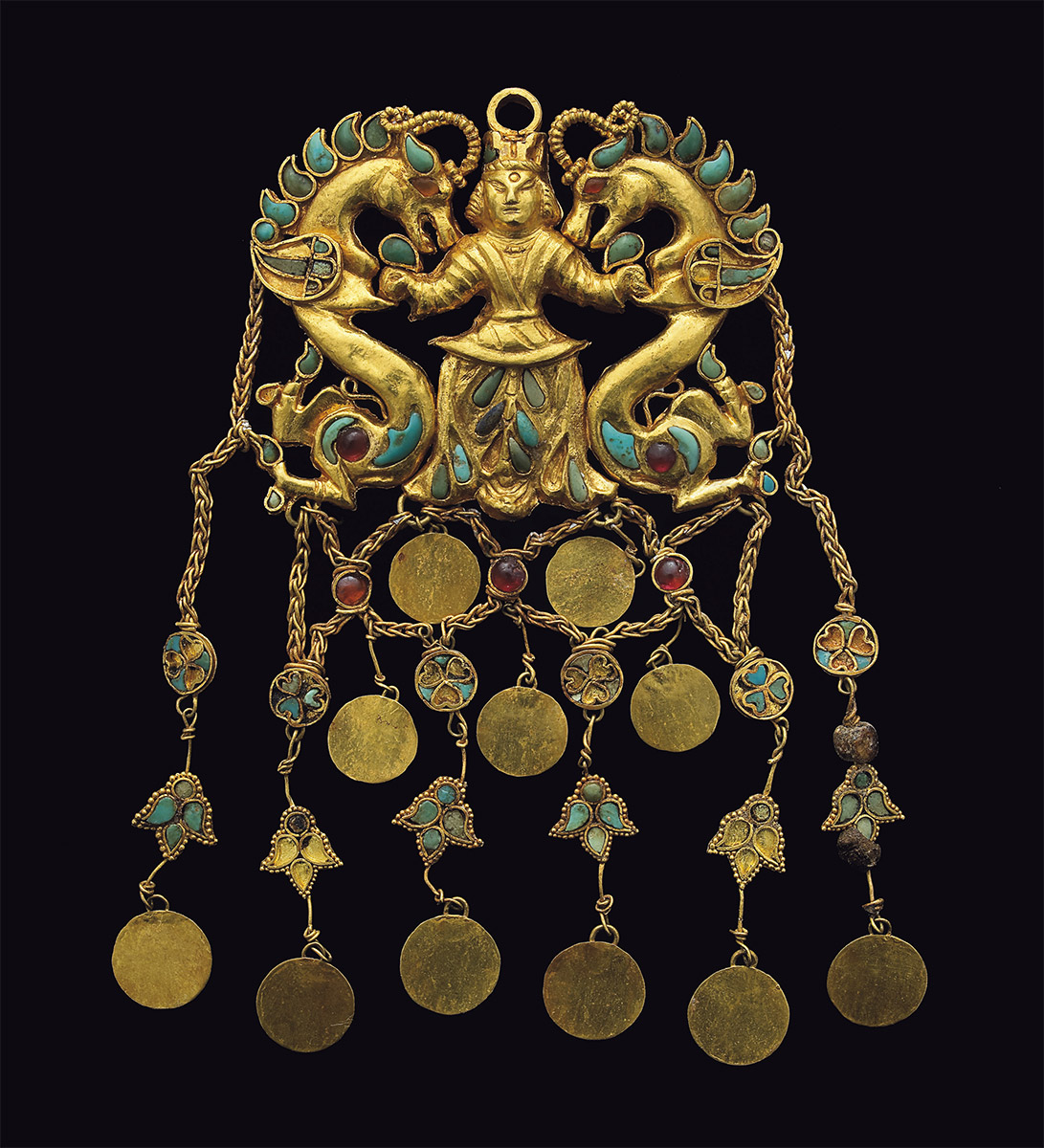
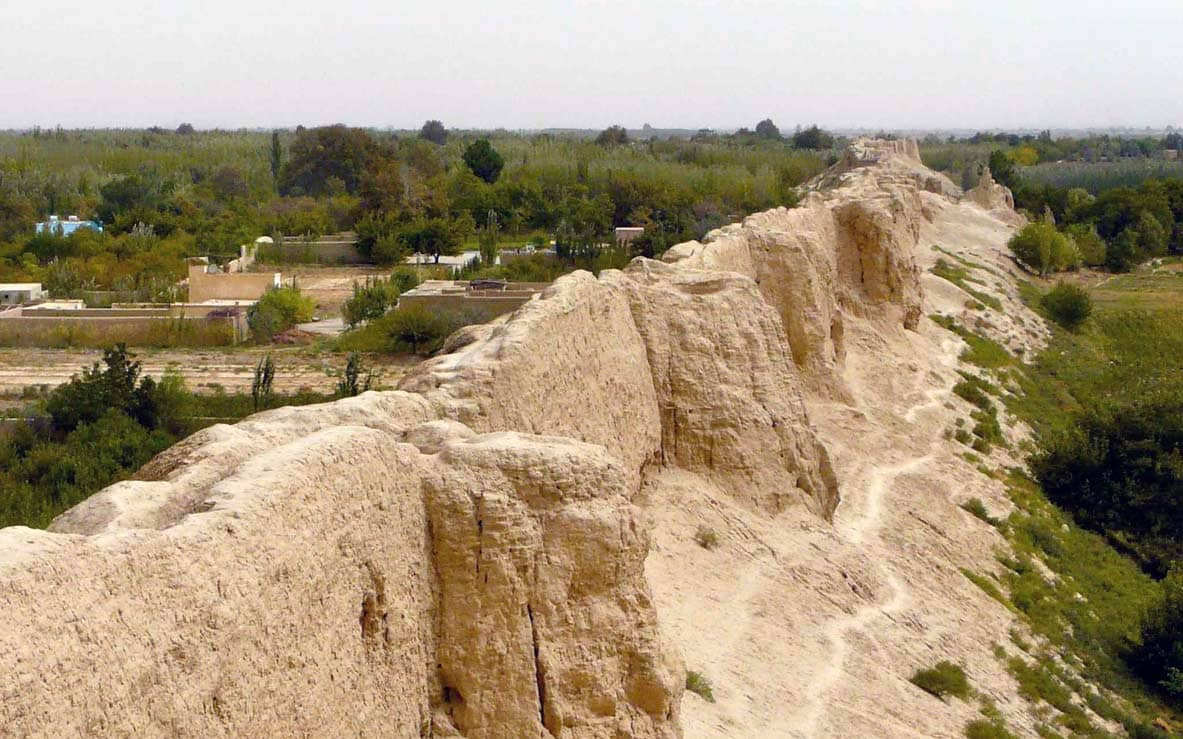
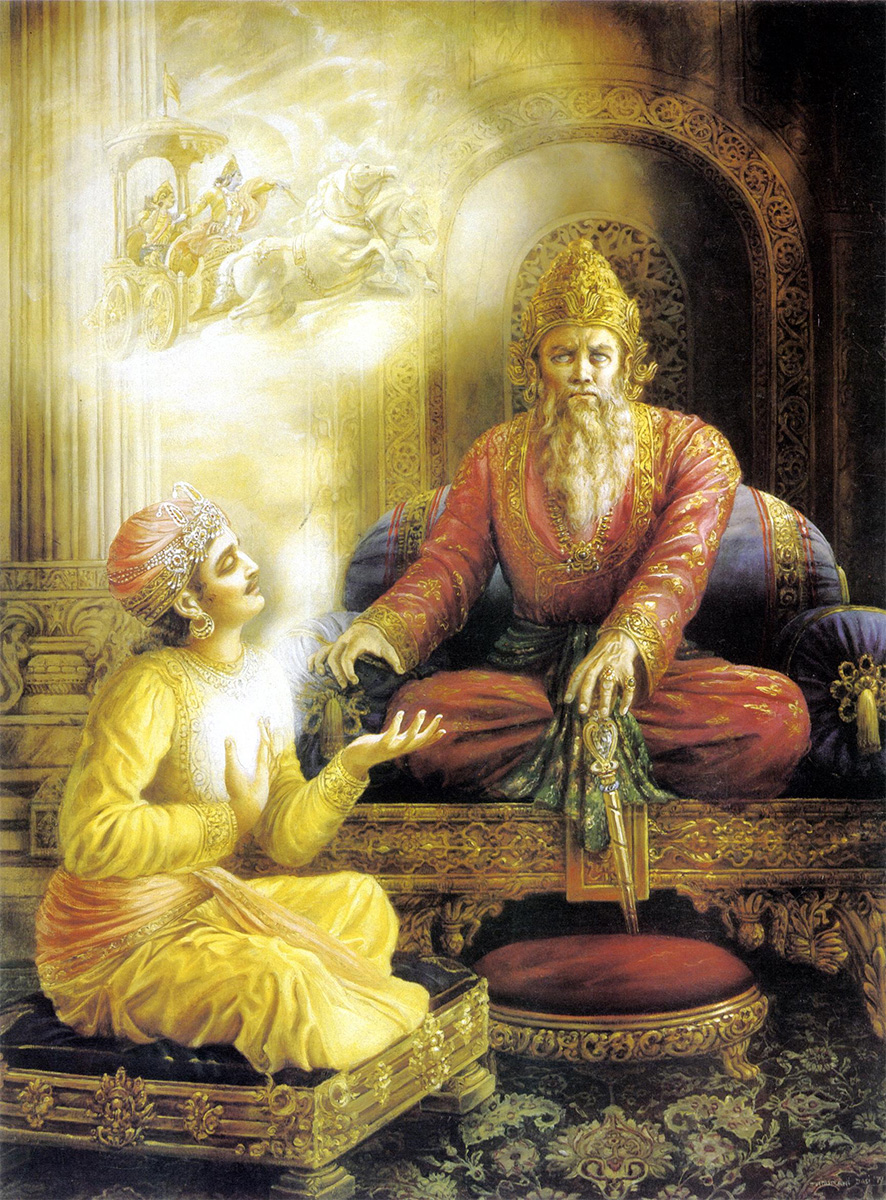
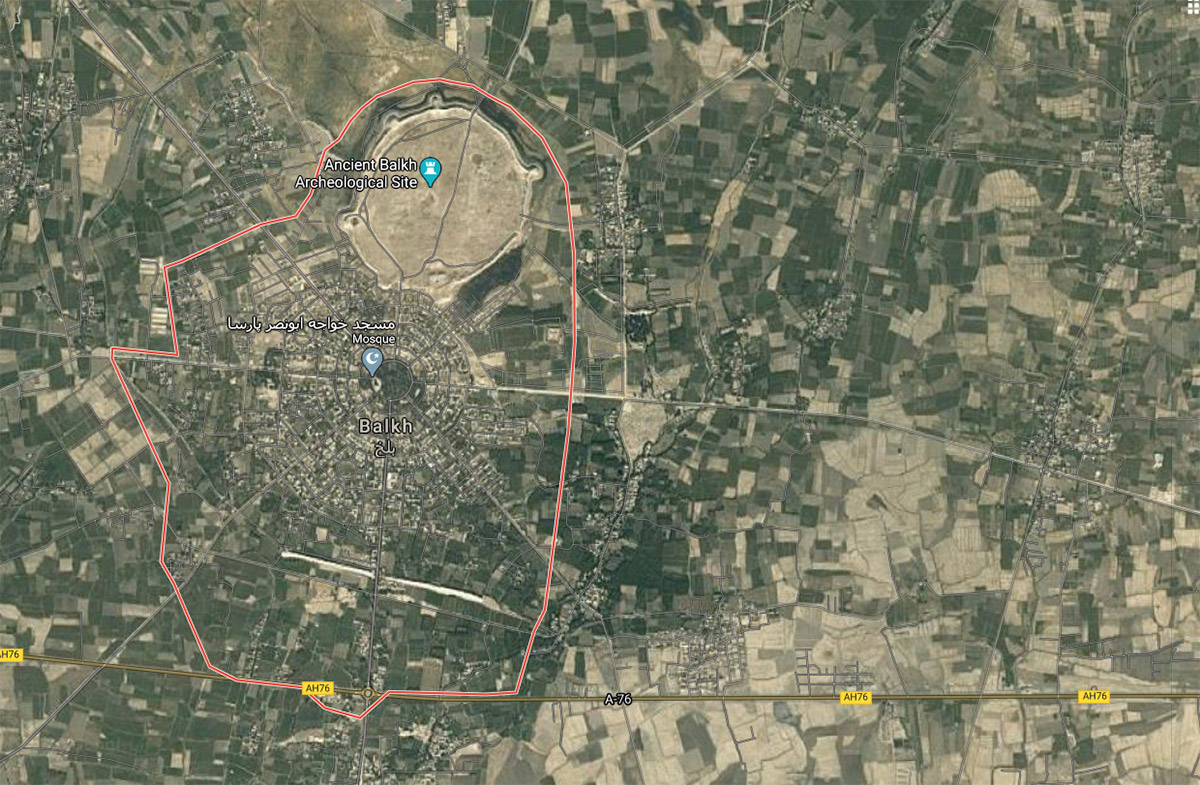
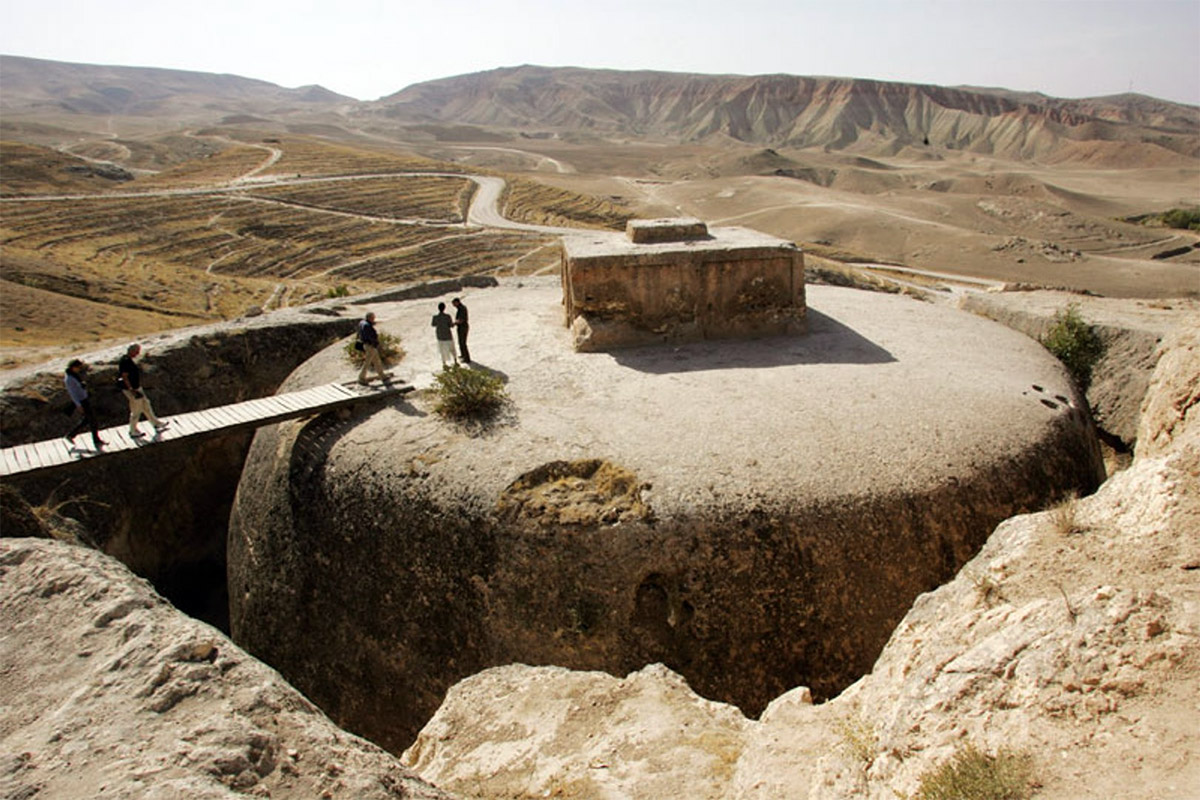
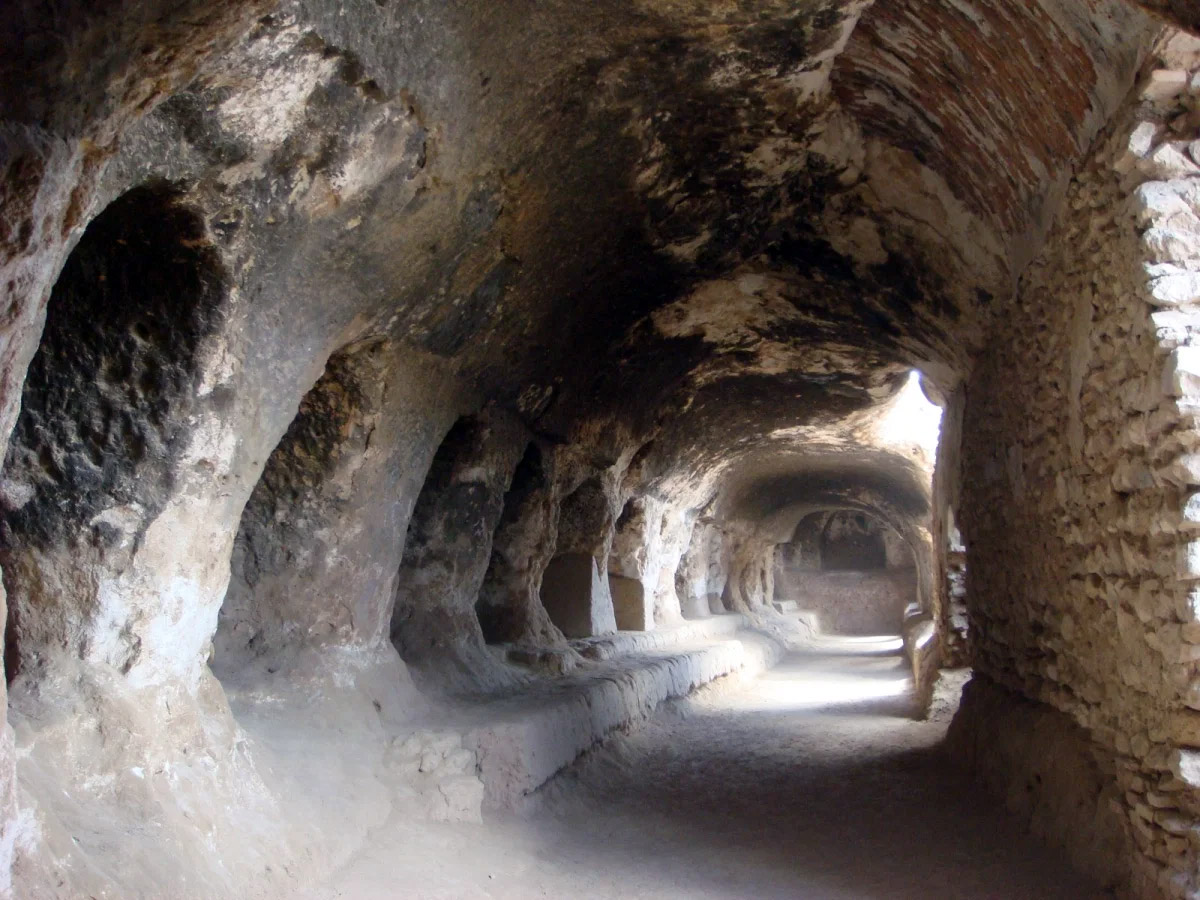

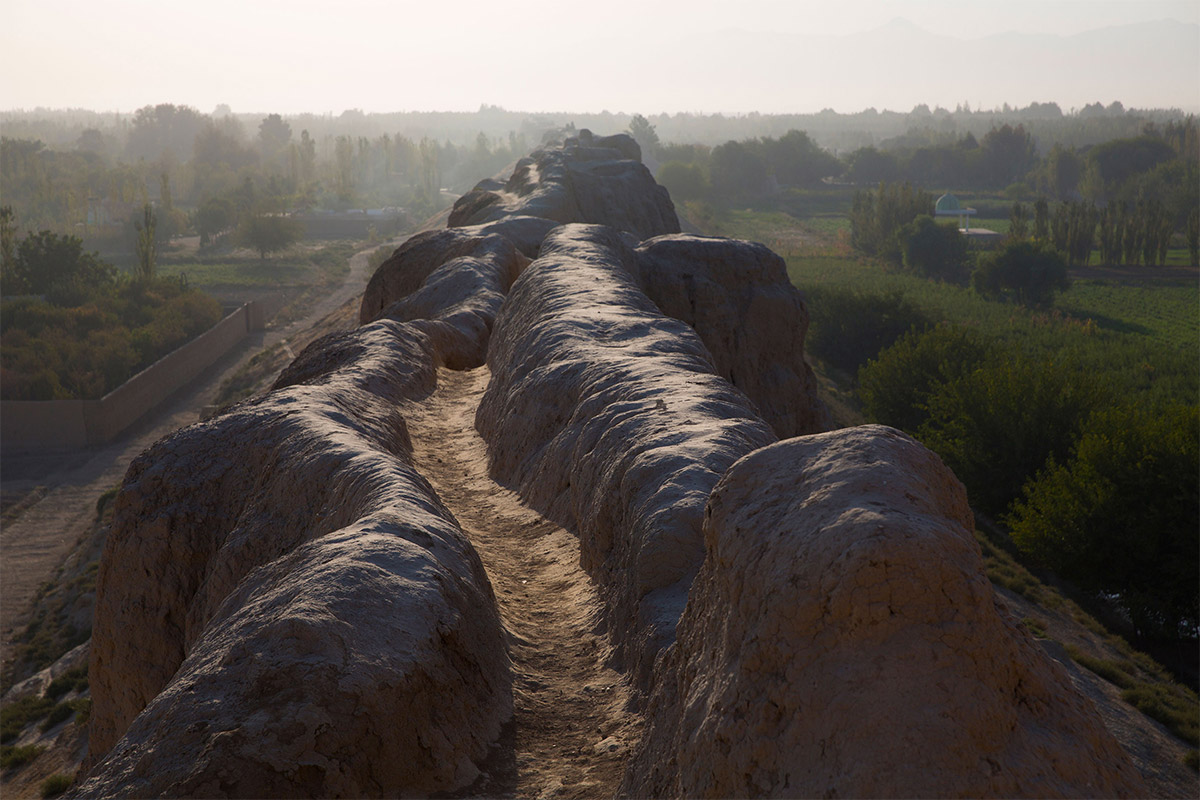
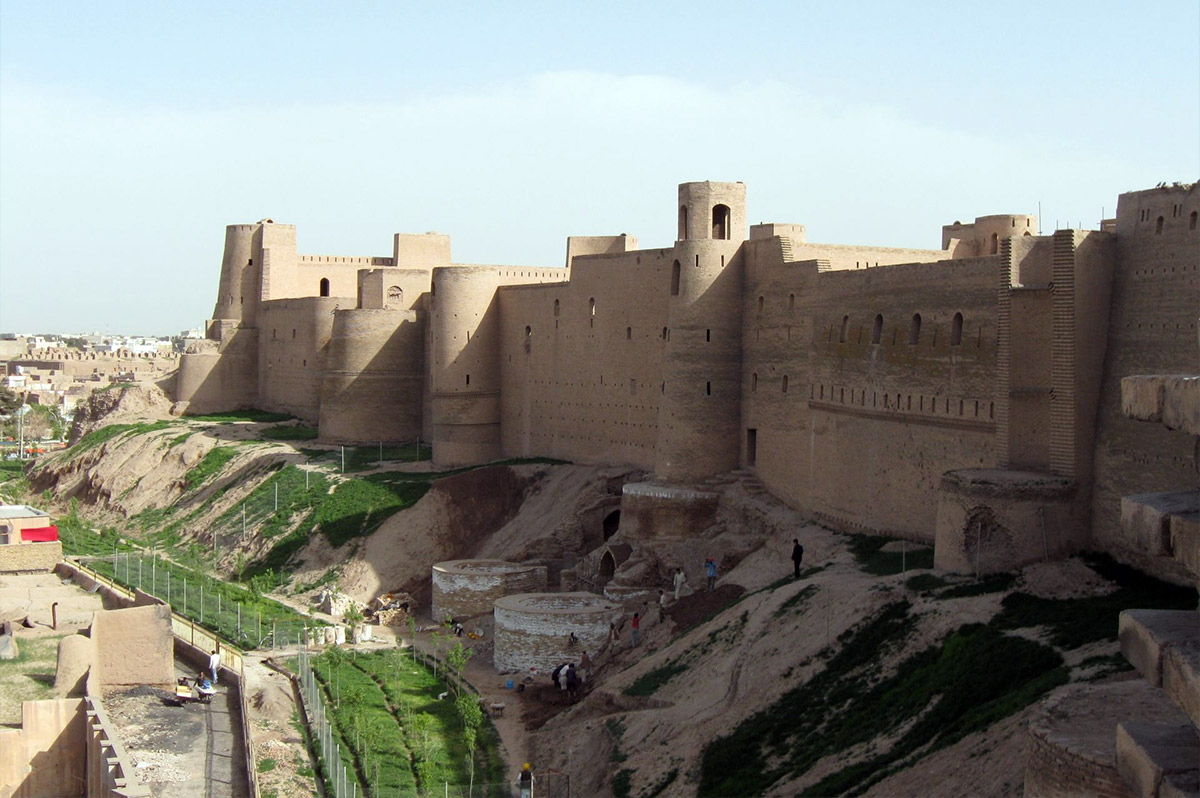
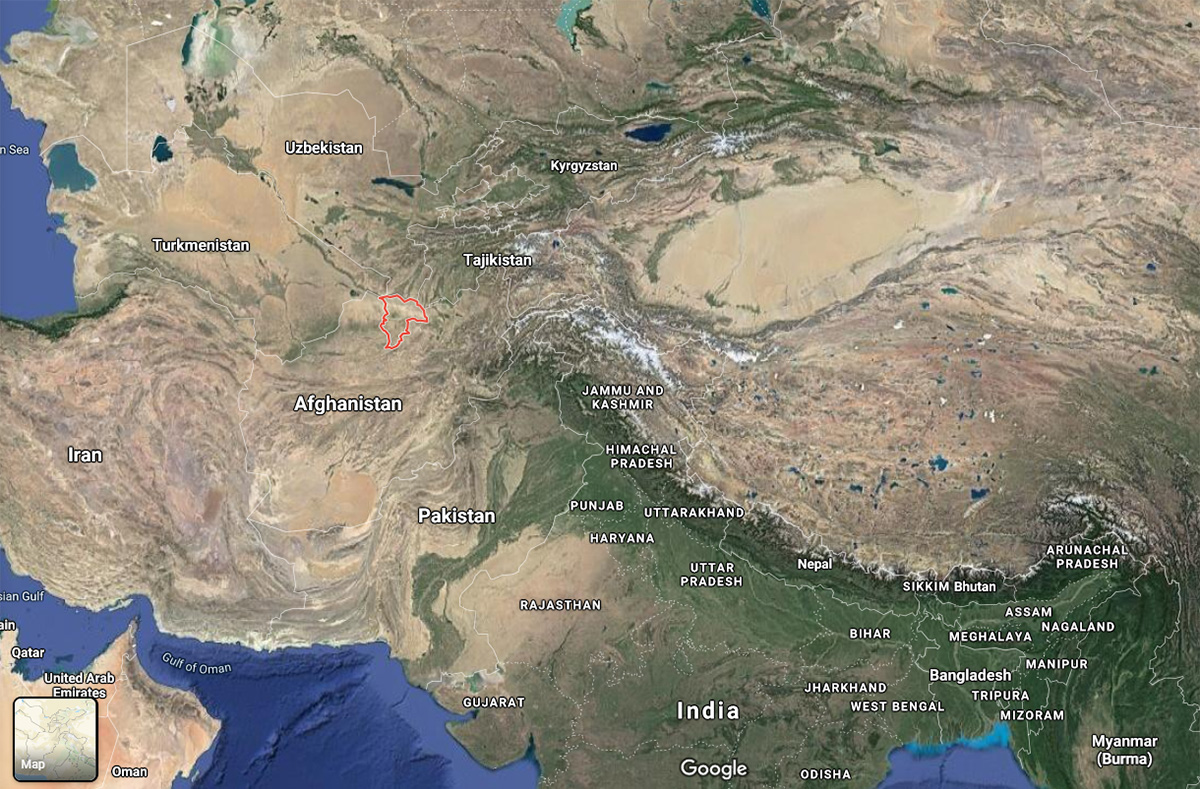
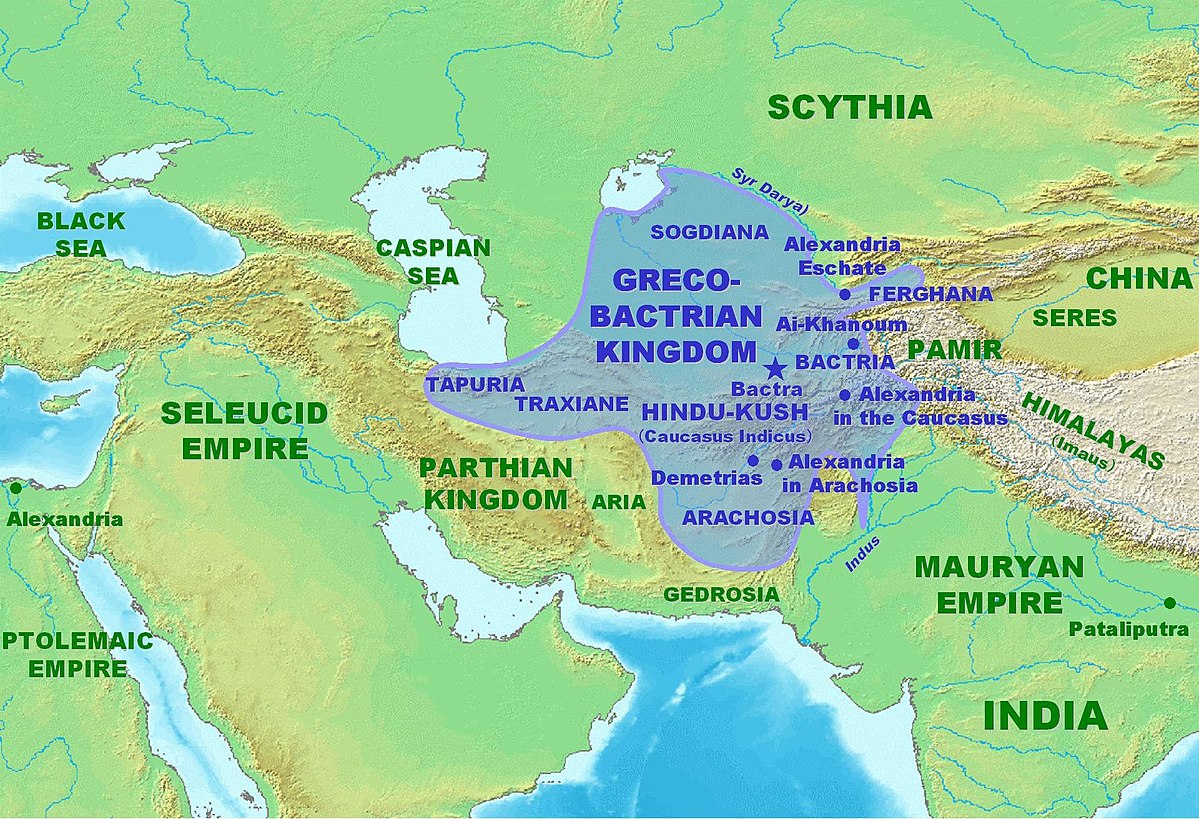
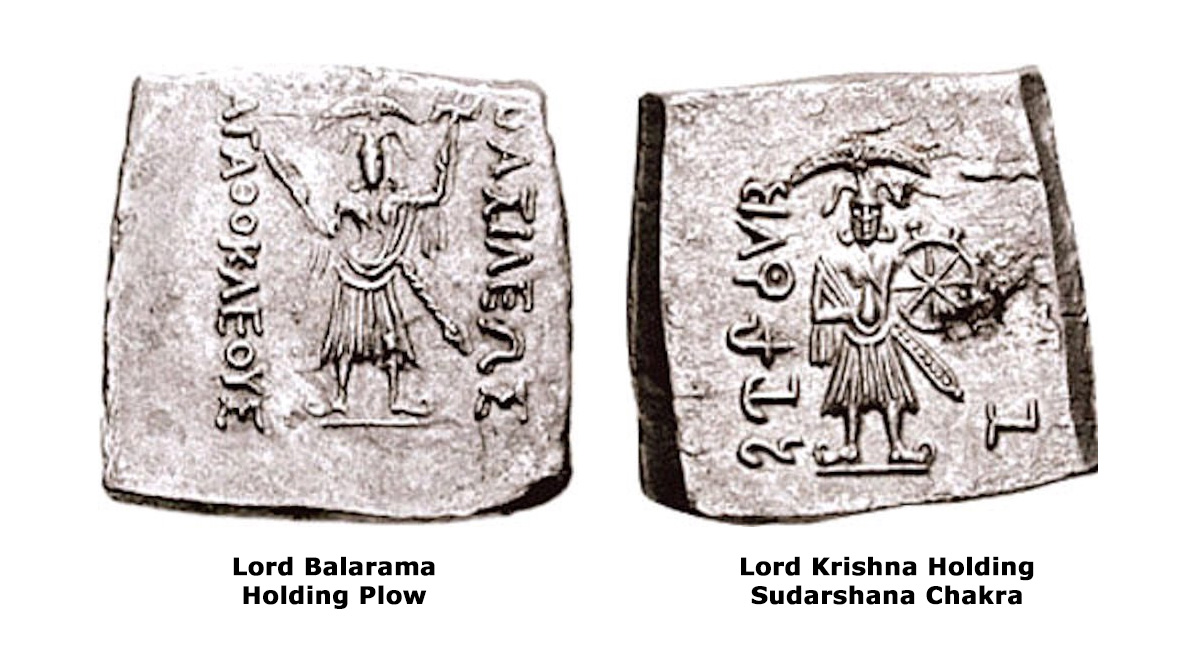

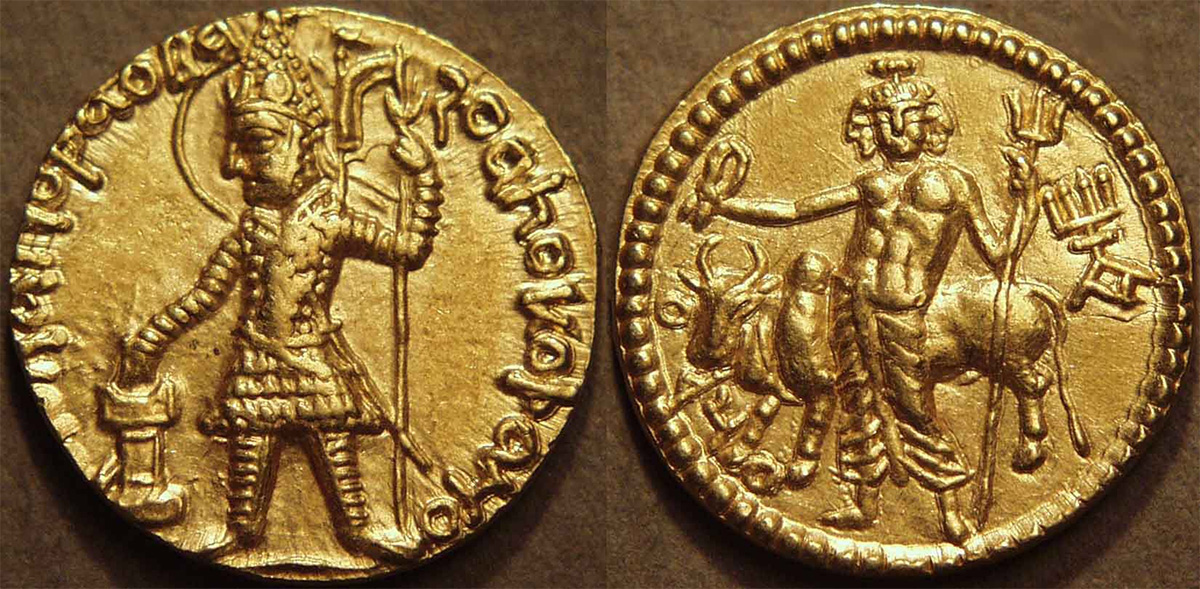
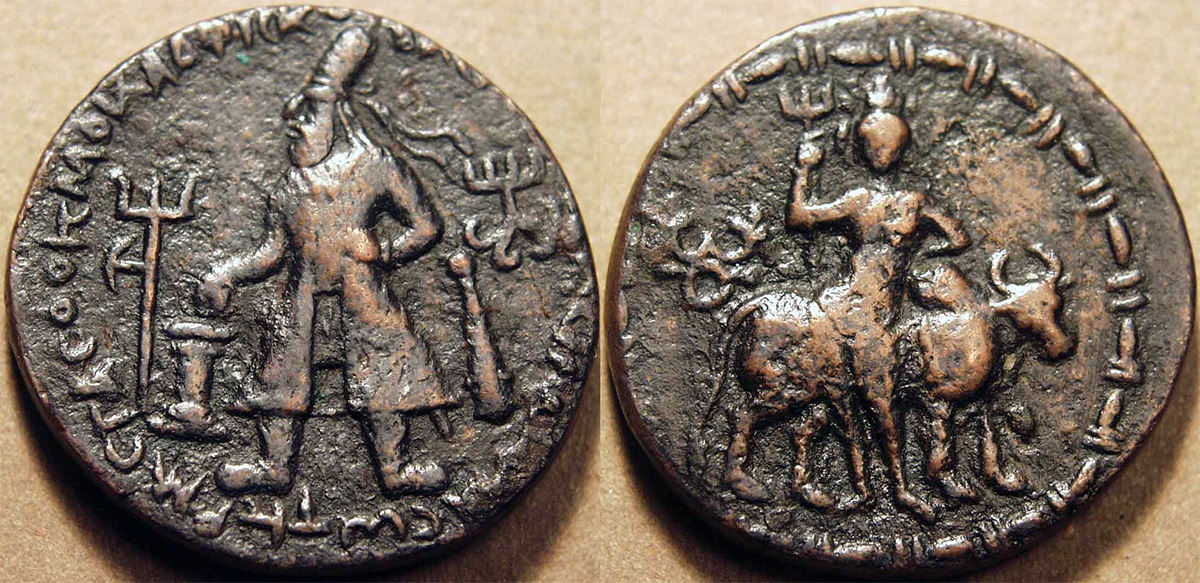
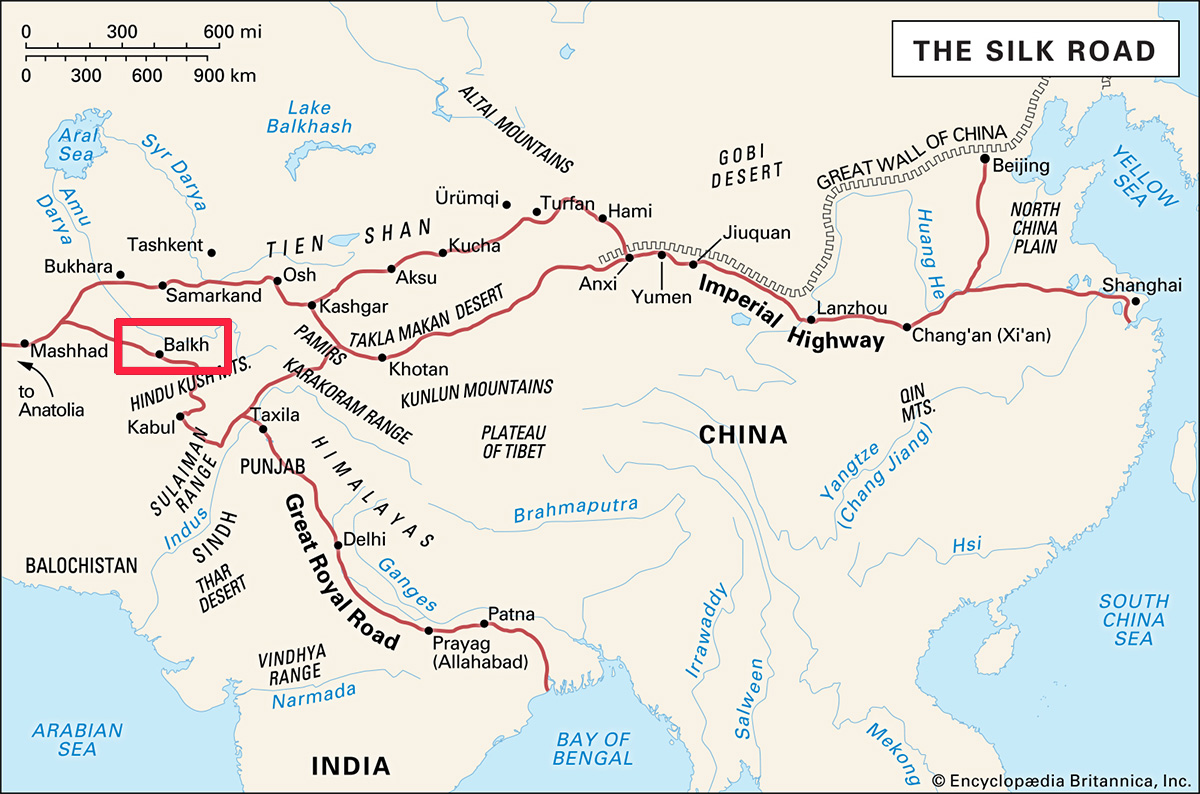

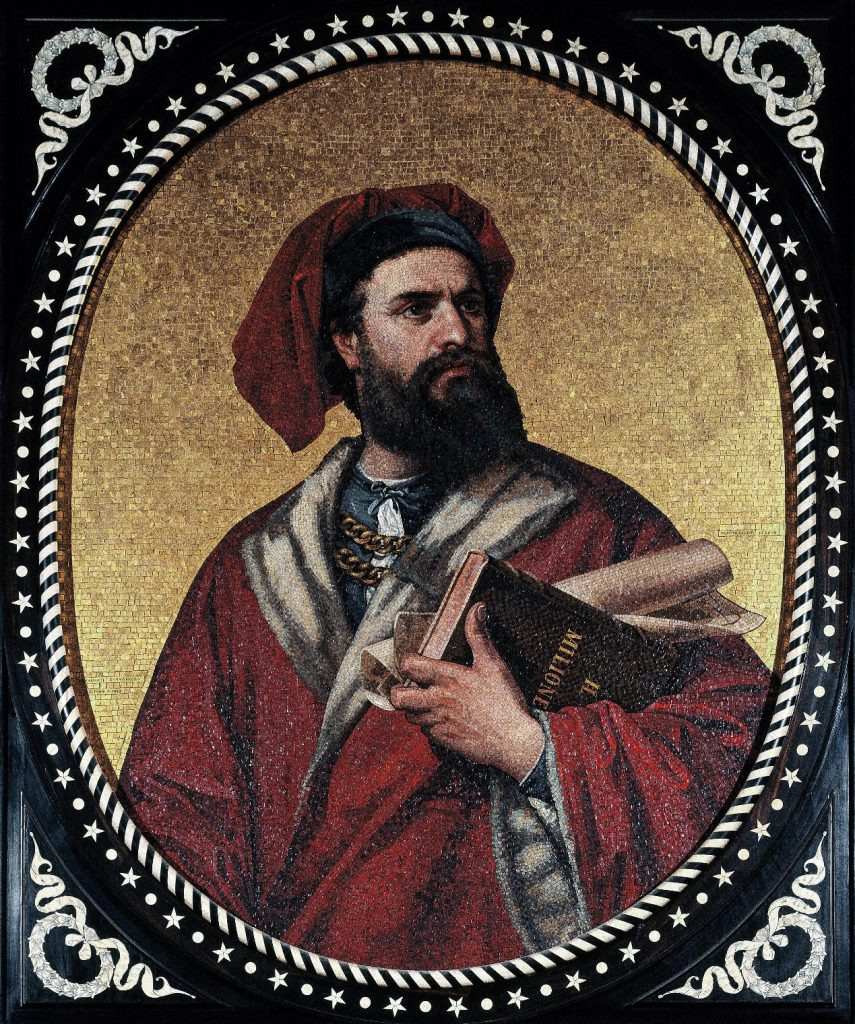
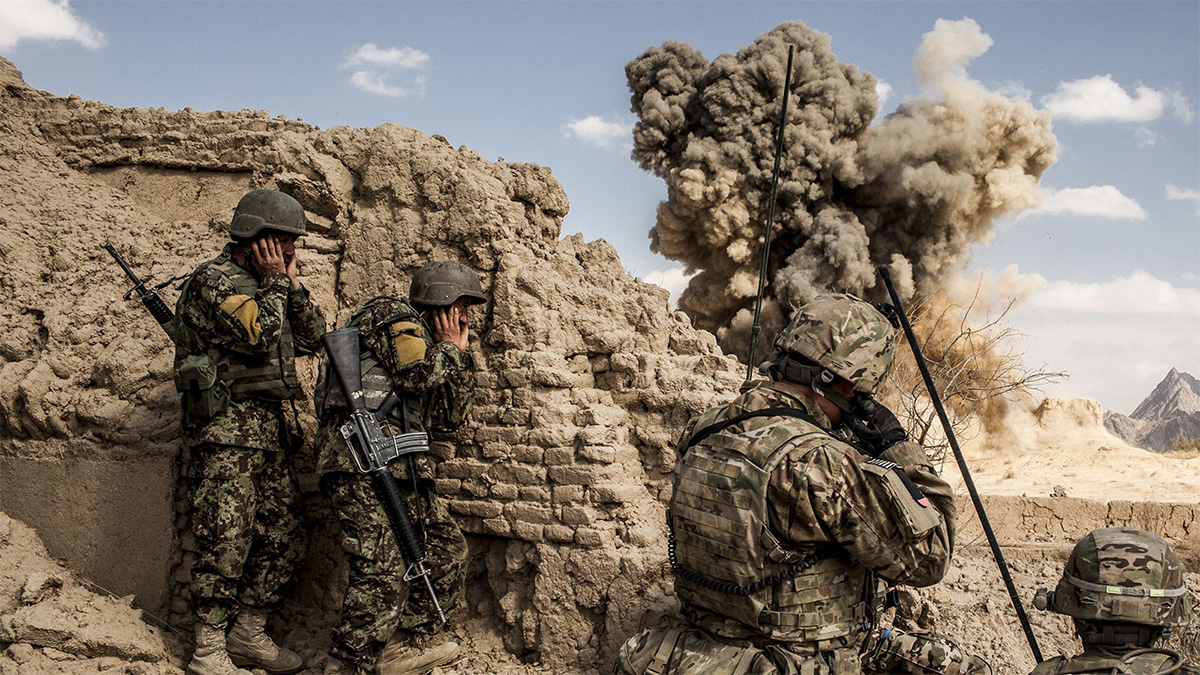
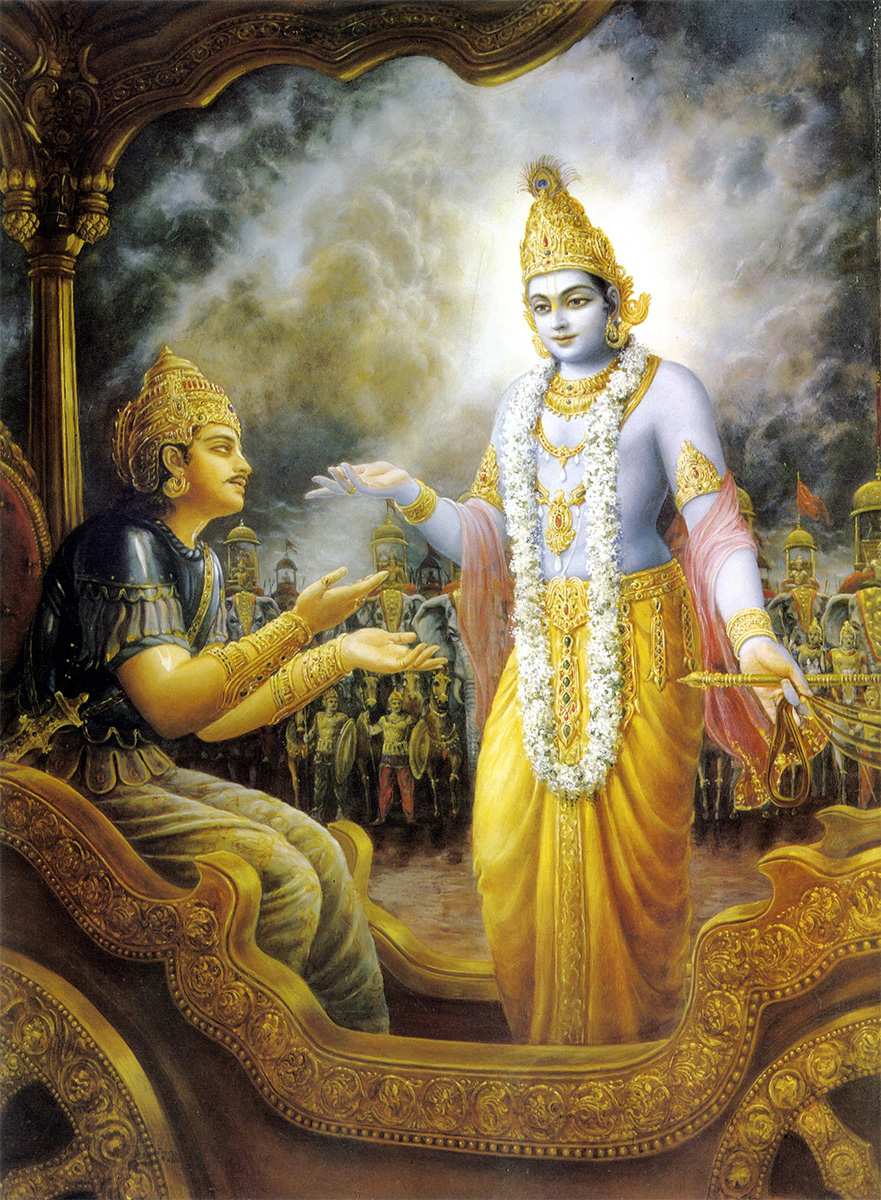




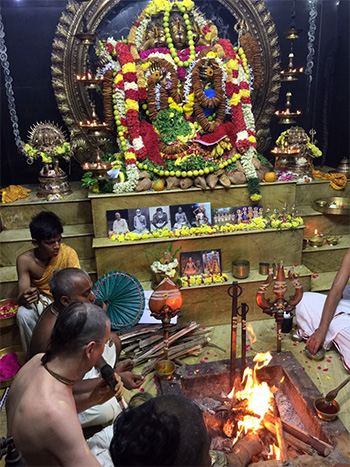
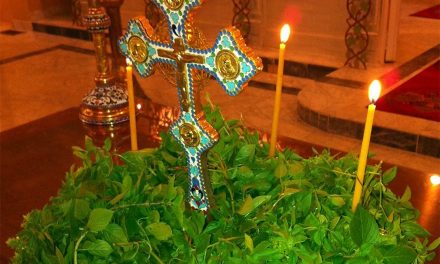
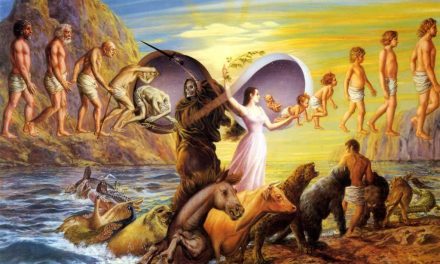
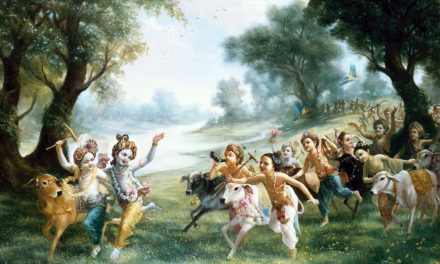
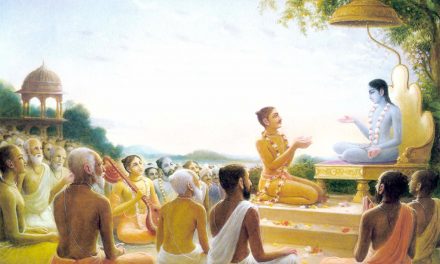
The write up on Balkh was, indeed, fascinating and revealing. I personally, knew a little about Balkh and its aniquity, but not in such great detail
I am astonished, as how you gathered such vast information. Interesting to know about our history.
Wonderful article! Yes, Srila Prabhupada often told us that the Vedic civilization was indeed spread all over the world. But the coming of the Kali age, and the war at Kurukshetra, destroyed practically all of civilization at that time. Now, due to Lord Chaitanya’s merciful appearance in Kali Yuga, Vedic civilization is slowly being uncovered, or discovered. This is all due to the grace of Sri Chaitanya dev, who sent His “senapati bhakta” commander in chief, Srila Prabhupada, to spread the Holy Names all over the world. All by Lord Krishna’s sweet will. We are very fortunate to be living at this time in history, when the “golden age” of Kali is about to manifest even more fully. Thank you for your research and insight, this is good for the world to know. Our planet has been consumed by darkness far too long.
beautifully compiled
respects to you
namaskar
mahadevan
Wonderful piece of discovery of ancient Vedic information. It is quite laudable to know the details from you.
Very interesting.
My book ‘Redemption’ which released in late 2017 seeks to explore India’s evolution and history. Sold via Amazon
very interesting historical information. i am pleased to go through it.
VEDIC /HINDU/SANATAN RELIGION IS THE RELIGION OF FREEDOM, RELIGION OF PEACE AND WILL SURVIVE ETERNAL AS LONG AS WORLD REMAIN. WE MUST UNITE OUR SELF WORLD WIDE TO PREACH THE TRUE MESSAGE OF OUR GREAT RELIGION.
OM SANTI ,OM SANTI, OM SANTI.
Great
Thank you for posting such interesting articles. I always read the full articles. Vedic culture was major part of Asia and Europe; so little is known. Ancient sites and evidence of Sanskrit and Hindu gods are discovered in many distant regions away from India. It shows that the Vedic culture had spread quite widely. With the huge gap in how the populations and nations, countries changed, there has been a dearth of such vital information. Sadly, this culture is barely known and is very low key. It may be part of the cycle of evolution to be transformed through various stages over time, and hence the power of this culture will return.
This article is a revelation. It was also a time when Hinduism was open and assimilated diverse cultures. The interaction invigorated the society and the customs developed as the thoughts percolated deep into the heartland of the Indo-Gangetic plains.
Mind boggling. How profound and vast our history is! If only such well researched matter could be included in history books for school children.
Great analyses of history of present Afghanistan, where Bharat had its land years ago.The excavations prove beyond doubt the existence of Indian Hindu culture entwined with Mahabharata .Shows the sad fact that if it had not been for mahabharata war, India would have still reatined all this territory with unity and impunity.The tragedy of divided hindus stares back thousands of years , which we see even passed on, today.Only a United India can bring Bharat back, and thoe first step has been taken with revocation of Article 370.
From all these articles that you publish with detailed photographic evidence, it is clear that Sanathan Dharama prevailed at least in the entire orient starting from Indonesia (Bali in the east) to North of Afganistan. What led to the collapse of this? Since i was born in 1949, i clearly remember, Hindus were 95% in post partition 1947 India with 4% muslims and 1% christians. I have heard many stories of attrocities on Hindus from neighbours but i was told by parents and elders that Ahimsa and no hatred to perpetrators of crime is the key of our dharma and way to attain jeevan mukti. At old age i see that population has gone up from 35 to 135 crores, Hindus are now 52%, mulsims 23% and christians 19%. Caste segregation and exploitation is only an excuse because there are worse forms such as geographical, racial, wealth /money power based, tribal based and skills based. ANy organised entity starting from office to UNited Nations has job divisions, power struggle, exploitation. There is no democracy at 7 b human population level but in isolated pockets, people preach. SO WHAT EXACTLY IS TEH CAUSE OF SHRINKING OF LAND OCCUPIED BY SANATHANA DHARMA PRACTITIONERS?
Amazing details, tons of thanks for writer for this beautiful research as well article.
veda is a global knowledge . its heritage isunfathomable. Indeed this article is well written as it reveals much information on the history outside the bharat bhumi on vedic people their loves and wars .in spite link and honour shown to veda and people born in its tradition connection to Gita is informed .fine.
Truly mind-boggling revelation of our history and religion , it’s spread and influence on other religions and regions. Historians of today must capture these facts and bring out books for school children and adults, otherwise it will be lost if not popularised. A very laudable compilation and look forward to more .
Awesome and wonderful. I read this article fully,
Great information.
Namaskar,
Rajan Kunhi
Never heard of these kings in the Mahabharata series and about the city Bāhlīka and the great Bharata kingdom.
Having read Mahabharatha, Bhagavatham a little bit, listening to various pravachans I am able to agree to what you have written.Well researched article.I pray Bhagwan continue to give you His blessings for your endeavour
Awesome ! could know the untold history in detail.A very good work Thanks for such a beautiful compilation
Great article, describing what led to the current status of Bharat.
Hopefully, Sanatan dharm will spread and bring peace in the world.
True inspiration and pure first hand and evidence based historical and evolutionary knowledge for supporter of Sanatan
Dharma to be shared widely for the survival of true humanity and valuing human progress in its real perspective.
Keep up with your excellent contribution towards human well being and true self improvement.
Will share widely with similar minded networker.
Highly researched and very valuable article!
Beautifully researched and excellently presented. True history of Bharat was deliberately distorted by the invaders and even now is being distorted by the sympathisers of these invaders. But funny thing about truth, while those who distort truth perish, truth remains the same. Satyam eva jayate
Beautiful article very grateful to the researchers so proud to be born as a Hindu and feel blessed I was chosen to spread the Vedic legacy
This is fascinating. You spoiled it, however, by saying that: “modern academics do not want us to dig deeper into” such history. Thank you.
Very revealing and proud ancient history of India. The information gap between the end of the Mahabharata era and the beginning of needs to be filled. Further many photographs are without title/name/sources, they can be filled up. Since we have to prove that present fees Islamic countries were once land of Hindus, we need more factual information. Otherwise, we may be accused of expansionists!!!
THESE ARE THE REAL ARCHEOLOGISTS AND THEIR WORK MUST BE SPONSORED BY WEALTHY MEN, CONGRATULATIONS FOR THIS AND MANY MORE ARTICLES AND INVESTIGATION ABOUT THE TRUE ORIGINS OF CIVILIZATION…
Excellent and very informative article. You have done an in depth study of the Balkis and narrated the history of India about 5000 years ago. A great Sanatan culture existed in the Balkans and flourished for many centuries. It’s unfortunate that the Mahabharata war led to the destruction of many such rich nations which is a lesson for all of us to learn that wars lead to decimation of cultures. Afghanistan had always been under turmoil perhaps due to the curse of Gandhari and it shows that wherever the sanatana culture is removed, violence rules and ruins spring up in place of palaces and gardens. Thank you very much for this wonderful article
You are a great source of authentic information about our ancient past. Please continue.
As an Indian I am proud to learn this historical facts and feel sad that it was never mentioned in our History books.
Beautiful article, well researched and quite useful for those who love to know the history in real. Thank you for the job.
I am overwhelmed to know about the ancient Vedic history. Such true history should be found in the history books of students. All beautiful history is hidden by the writers of history books. Bhakti Vedanta Ashram is bringing forth these hidden history which is really praiseworthy. Historians, politicians and educationists should find out the real truth and bring forth books to the new generation. Dr. Shiva Durga
Interesting and educational.Thank you much for this article. Would love to meet the author in person, if possible.
so when will the land be reclaimed by india?
Wonderfully researched content. Kudos to the team which did this. I always read all your articles with great interest and lot of pride.
UNDER NARENDRA MODI RULE INDIA MUST CHANGE TO BHARATA MATA THE ORIGINAL NAME OF SANATHANA DHARAMA LAND OF ETERNAL BLISS OF ETERNITY AS SANATHANA DHARAMA HAS NO BIRTH DEATH AND IT WILL BE ULTIMATUM PRACTISES FOR WHOLE UNIVERSE.
Only Indians and Hindus wish to preserve ancient culture and GODS. Other people simply wish to destroy old culture and monuments
What an incredible narration and facts. How advanced Hinduism and our culture. It makes me sad that once our kings ruled such vast areas and Hinduism was practiced all over and now we are confined to Bharath. I think a day will come when we regain our lost glory. I am not a fanatic but I want the mankind to benefit from the great religion Hinduism. Our Vedas and Upanishads can uplift everyone if only they care to study and listen. I hope such an era comes on this earth.
Superb article in bringing out our precious Indian history! Thanks so much and please keep writing like this!
Interesting…Thanks
I am indeed extremely grateful to the great Bhaktivedanta Ashram for their great works on pre-Islamic history and culture – the eternal Sanatana Dharma mistaken nomenclature as Hinduism a British concoction
Great article, well researched and rekindle(Bharatia ) Indian Pride quite useful for those who love to know the history in real. Thank you.
This is really interesting topic. But it all vanished from history. Another suspicion Buddisam also extends to the region. Is that the truth? Buddisam has broken down Bharatha culture. After India’s independence, India swwithed to secularisam. That’s the first error. I do not object to the historic blunder. It’s happened. The same issues happened in the Afghan region. Persians and Mughals have also taken up our historical myths. Actually Sankaracharya Swami is the founder of modern Bharatha. Anyway this is mental issue, don’t misunderstand, you can change me.
From the Authoritative scriptures, i.e. from the Bhagavad Purana, one can understand that the entire planet earth was ruled by the Kings of Sanatana Dharma. Only Some 1000-2000 yrs ago the mughal barbarians invaded and destroyed the rich heritage and culture of Sanatana Dharma.
Great information that we need to ponder over.Thanks.
This article has to make modern historians rethink!
Excellent article of great knowledge.
Thanks for sharing.
regards
Uma
A very informative article. I visited Mazar – I -Sharif a number of times in the 80s and the 90s. I had no idea of the depth of its history. My worry about you publishing this article now is that Taliban, ignorant as usual, might become aware of this history – and we know what will follow. I strongly suggest that you remove this article or restrict its publication. A pity, I know but let us try to avoid the fate of the Bamiyan Buddhas. Thanks again for this.
it is indeed an eyeopener to the western system educated people about the history of ancient india.
we have in our own country, who defame our history , without an after thought.
Alexander the Great of Macedon is known in Asian cultures as Sikandar. Witness Alexandria, Egypt that is also known as Sikandaria. In India, we have Sikandarpur.
His Royal wife’s name is used by Westerners as Roxanne. To Muslims and Zoroastrians she is known as Rukhsana.
Both Roxane and Rukhsana are popular girls’ names.
Why can’t we explore and explain the old history of Akhanda Bharat history to the world ?
Thank you for these – and so many other – contributions to a greater understanding of Hinduism, and the historical/geographical truths behind the scriptures. The link between “Bactrian” and the Bāhlīka of the Mahabharata & Puranas was a complete revelation to me. One cannot help wondering how many other such connections there are? More like this, please!
In friendship, Martin Williams (UK)
What a relavation of ancient Hindu Empire. Very interesting 🤔
I feel Govt. Of India 🇮🇳 should rewrite the
glourious “History “ of Hindustan. Currently we are following British Empire
legacy. Now Indian history in independent context would feel very proud to all Indians .
TRULY AMAZING DETAILS ABOUT THE CITY & PEOPLE IN NORTH OF AFGHANISTAN< & THE HISTORY CONNECTED WITH THE KURUKCHETRA WARS< OVER 3000 years ago.. Enjoyed this very much. mind-blowing facts on ancient history of INDIA(BHARAT)..
This is truly heart touching content tha is shown. And Certainly the use of simple English terms and MAHABHARATA quoted sholakas will attract anyone unequivocally.
AKHANDA BHARATA is not just a concept but also a TRUTH HISTORY to which every single BHARATIYA should offer their efforts to get into reality.